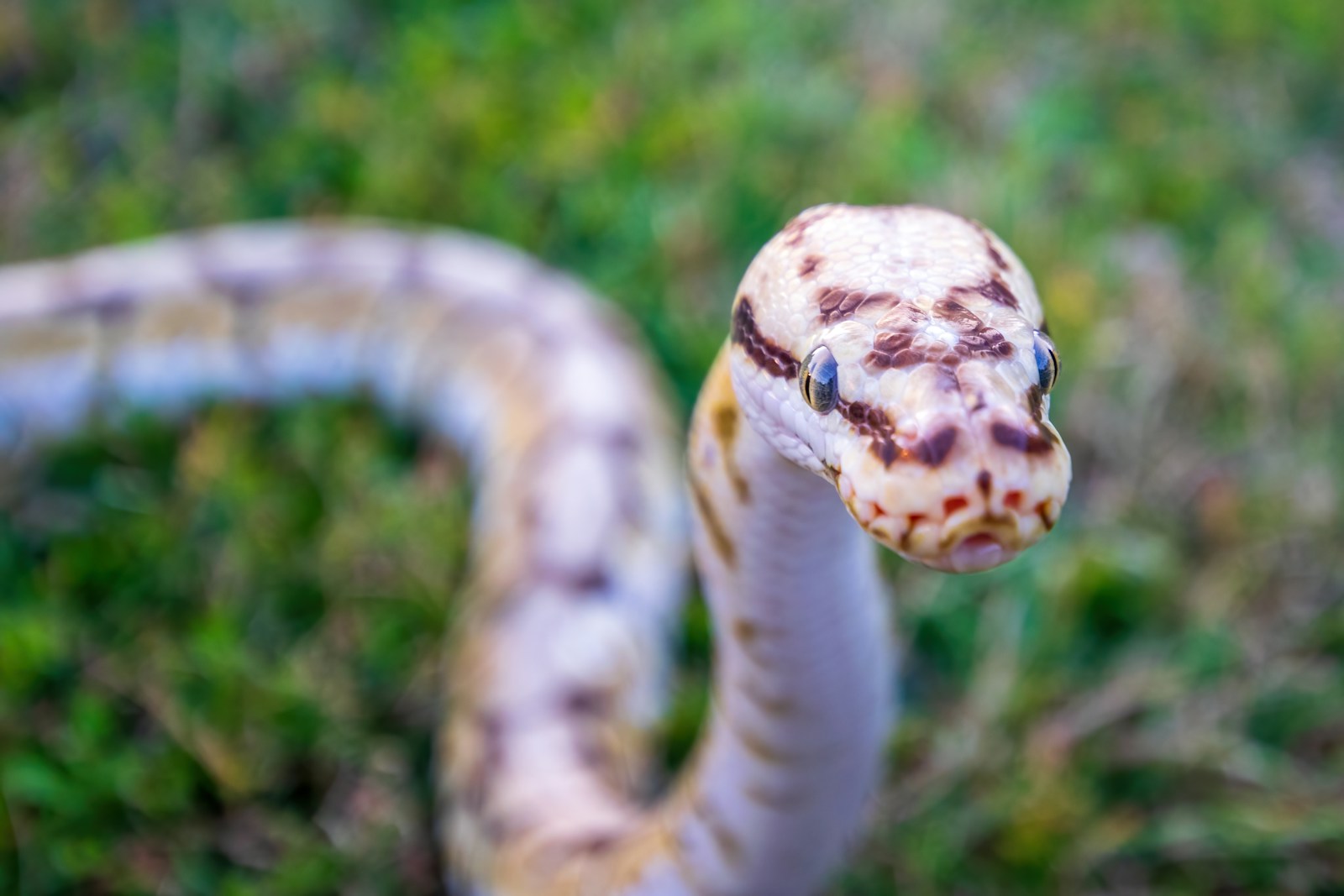The intricate dance between humans and snakes has fascinated scientists, herpetologists, and animal behaviorists for generations. While we often focus on how humans react to snakes—with fear, curiosity, or admiration—less attention is paid to how these remarkable reptiles interpret and respond to our body language. Snakes, despite lacking external ears and conventional facial expressions, possess sophisticated sensory systems that allow them to detect and react to human presence, movements, and behaviors. This article explores the fascinating world of snake perception and how our body language influences these ancient creatures, providing insights that can lead to safer human-snake interactions and a deeper appreciation of reptilian cognition.
The Sensory World of Snakes
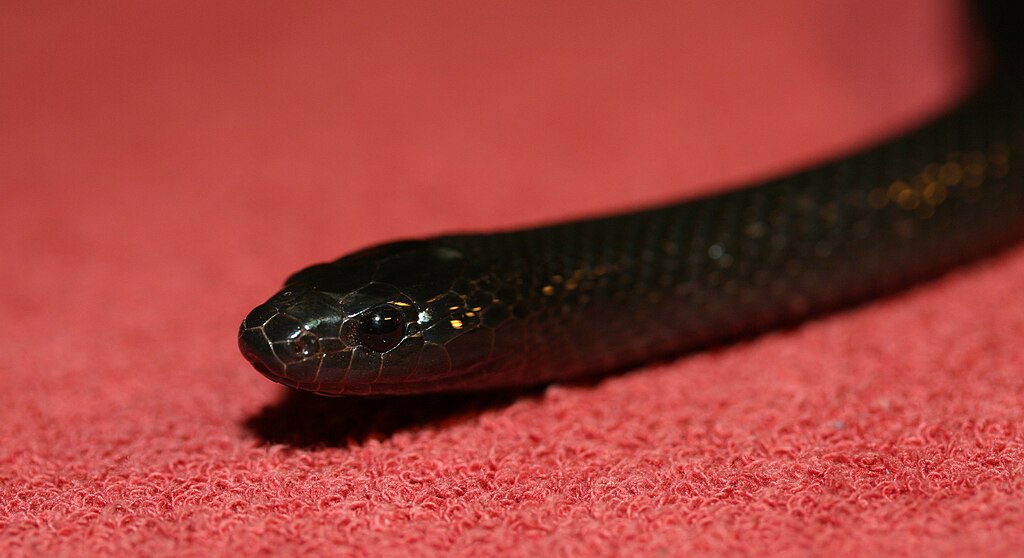
Snakes experience the world very differently than humans do, relying on a complex array of specialized sensory adaptations. Rather than primarily visual or auditory perception, many snake species depend heavily on vibration detection, chemical sensing, and thermal recognition. Their forked tongues collect airborne particles which are analyzed by the vomeronasal organ (Jacobson’s organ) in the roof of their mouth, effectively “tasting” the air to detect prey, predators, and environmental changes. Ground vibrations are detected through their jawbones and internal ear structures, allowing them to sense approaching footsteps long before visual confirmation. Additionally, pit vipers possess heat-sensing pits that can detect temperature differences as slight as 0.003°C, enabling them to create thermal images of warm-blooded creatures nearby. This multifaceted sensory system means that snakes are interpreting human presence through channels we might not immediately consider in our interactions.
Interpreting Human Movement Patterns
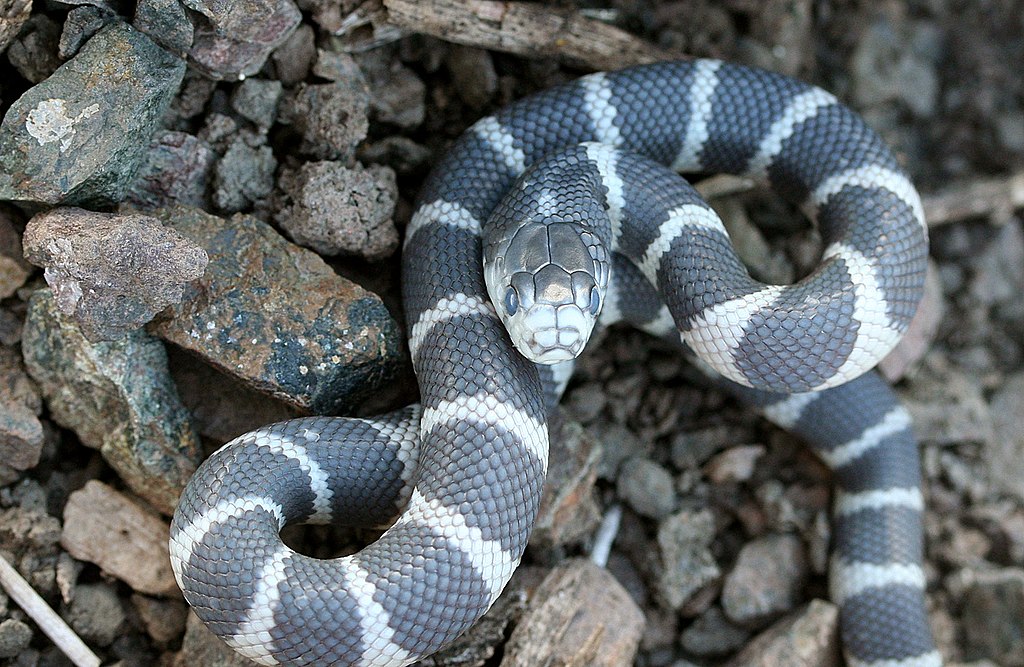
Snakes are remarkably sensitive to movement patterns, which they use to distinguish between potential threats and benign environmental occurrences. Rapid, erratic movements typically trigger defensive responses in snakes, as these patterns resemble predatory behavior in their natural evolutionary context. Conversely, slow, predictable movements are less likely to be perceived as threatening, though they still command attention from the vigilant reptile. Research indicates that snakes can differentiate between purposeful approach movements and coincidental passing, with the former eliciting stronger defensive preparations. This sensitivity explains why wildlife handlers often emphasize deliberate, telegraphed movements when working with snakes—it allows the animal to categorize the human action as non-predatory and reduces the likelihood of defensive strikes. Understanding this aspect of snake perception provides valuable insight for anyone who might encounter these animals in wild or captive settings.
Vibration Sensitivity and Human Footsteps

One of the most significant ways snakes detect human presence is through ground vibrations, particularly those created by footsteps. The snake’s body, in constant contact with the substrate, acts as an extensive vibration receiver that can detect approaching humans from considerable distances. Heavier footfalls create stronger vibrations that travel farther through soil or other materials, giving snakes more advance warning of human approach. This sensitivity explains why many wilderness encounters with snakes occur when humans suddenly stop walking—the cessation of vibrations may trigger the snake to investigate or, conversely, to become more alert to potential danger. Some field herpetologists deliberately use “snake stomps”—rhythmic, heavier footfalls—when traversing areas with venomous snakes, providing advanced warning that allows the reptiles to retreat rather than feel cornered. This natural early warning system demonstrates how snakes have evolved to respond to movement-related vibrations long before visual confirmation occurs.
Height Perception and Threat Assessment
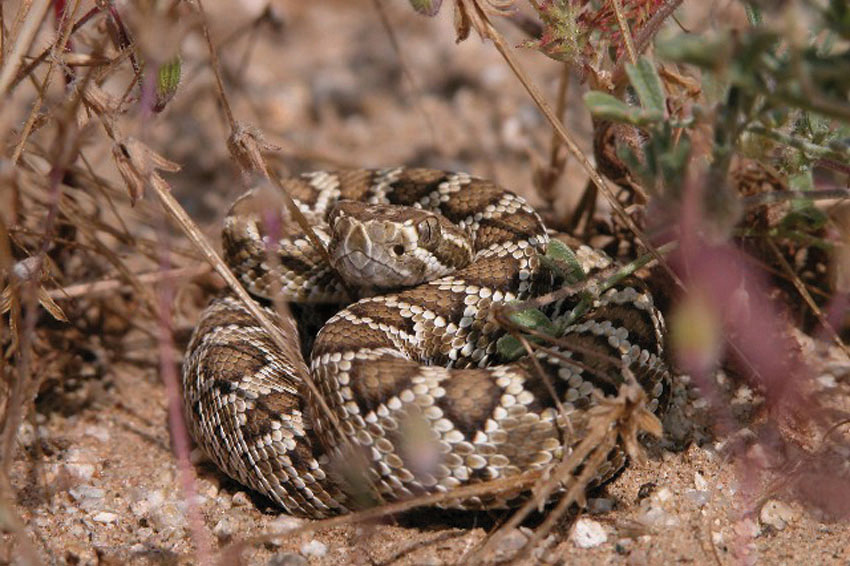
The vertical dimension of human presence plays a crucial role in how snakes assess potential threats. Most terrestrial snakes view tall, looming figures as significantly more threatening than lower profiles, triggering more immediate defensive responses. This height-based threat assessment evolved as a survival mechanism against large predatory mammals and birds that attack from above. Researchers have documented differential responses in snake defensive behavior based on whether a human is standing upright, crouching, or lying prone, with increasingly reduced defensive displays as human height decreases. This explains why wildlife photographers and researchers often approach sensitive snake species in a crouched position or even by crawling. By reducing their vertical profile, humans can sometimes observe snakes exhibiting more natural behaviors rather than defensive posturing. Understanding this aspect of snake perception can be particularly valuable in managing unexpected encounters, where slowly lowering one’s profile might de-escalate a tense situation.
Chemical Cues and Human Scent Detection
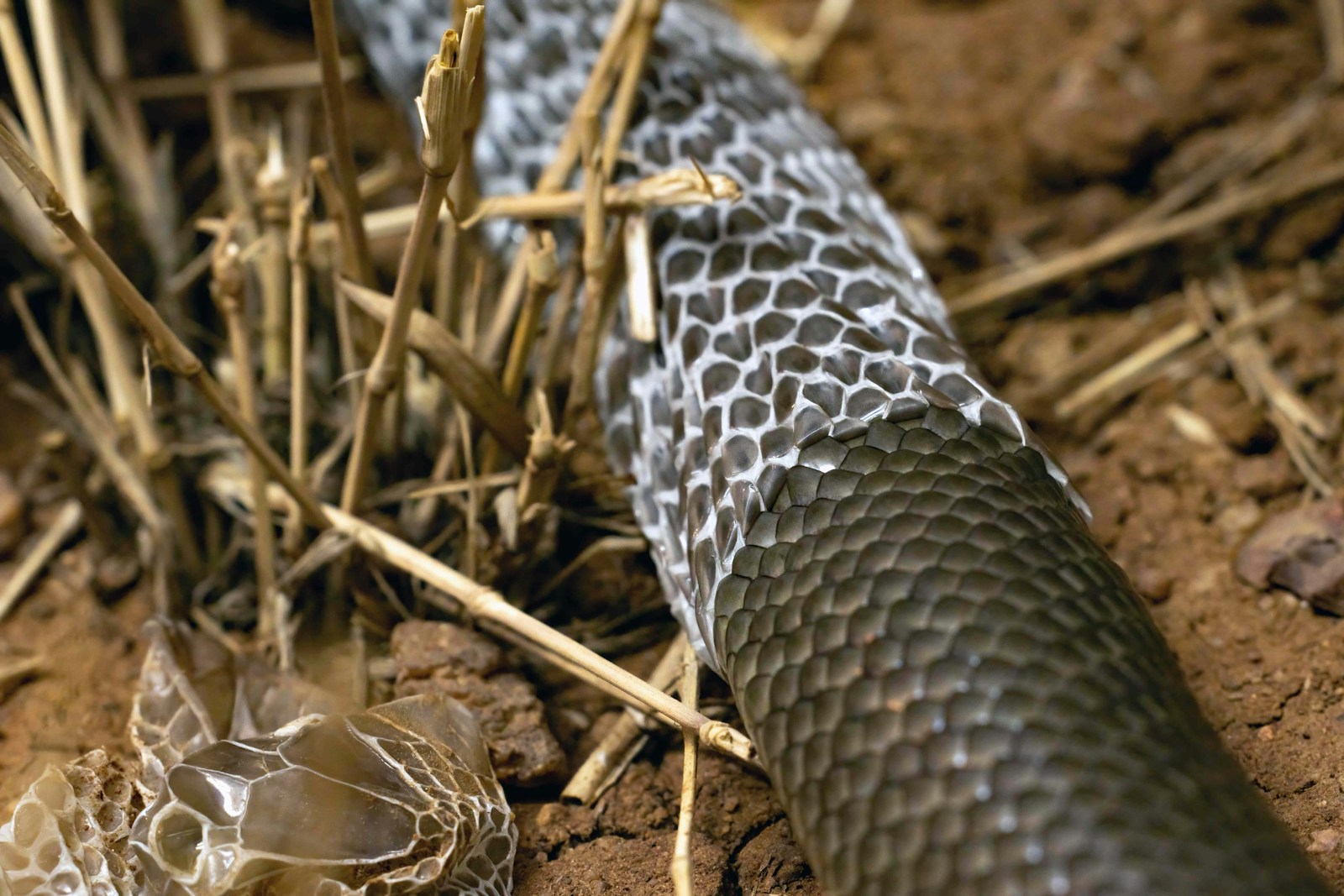
Snake chemoreception through tongue-flicking allows these reptiles to gather detailed olfactory information about nearby humans. Each person carries a unique chemical signature comprised of pheromones, skin oils, perfumes, laundry products, and even dietary byproducts expressed through sweat. Snakes can detect these complex chemical profiles and use them to distinguish between individuals, even recognizing regular handlers from strangers in captive settings. Research with captive snakes has demonstrated that some individuals show measurably different responses to the scent of familiar caretakers versus unfamiliar humans, sometimes exhibiting less defensive behavior around known handlers. This chemical recognition may explain anecdotal reports of wild snakes that appear to become habituated to regular human presence in specific locations. The snake’s sophisticated chemosensory abilities mean that even our invisible chemical presence communicates information that influences their behavioral responses.
Direct Gaze and Predatory Signals
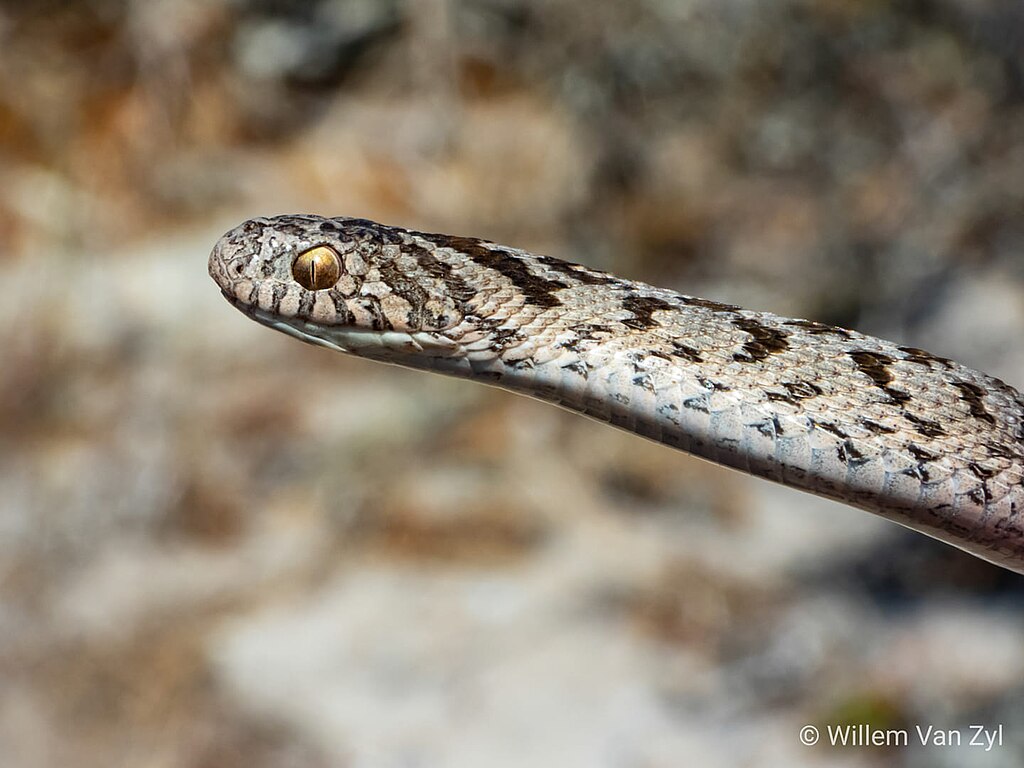
The direction and intensity of human gaze significantly impacts snake behavior, often triggering defensive responses similar to those elicited by natural predators. Evolutionary biologists theorize that snakes have developed sensitivity to direct predatory gazes because many avian and mammalian predators lock eyes on their prey before attacking. When a human stares directly at a snake, particularly while facing it head-on, the reptile often perceives this as a potential prelude to predation. Experienced snake handlers frequently employ peripheral vision techniques, looking slightly away from the animal while maintaining situational awareness. This indirect observation approach reduces the predatory signals that might otherwise trigger defensive strikes or rapid retreats. In research settings, scientists have documented measurable differences in snake stress responses when subjected to direct versus averted human gazes, with direct observation consistently producing stronger stress indicators. This aspect of snake perception has practical applications for wildlife photography, fieldwork, and even casual encounters with wild snakes.
Body Temperature and Thermal Detection

For pit vipers and certain other snake species, human body heat creates a distinct thermal signature that influences their behavioral responses. These snakes possess specialized heat-detecting organs that essentially create a crude thermal image of their surroundings, allowing them to detect warm-blooded creatures even in complete darkness. Human body temperature, typically around 98.6°F (37°C), stands out dramatically against ambient environmental temperatures, making humans particularly conspicuous to thermally-sensitive snake species. Research indicates that these snakes can differentiate between the thermal patterns of different body positions and movements, potentially using this information to assess threat levels or identify potential prey. The thermal perception capabilities of pit vipers explain why these snakes sometimes strike at warm objects like recently parked vehicles or why they might be attracted to warm sleeping bags during wilderness camping. This specialized sensory capability means that even stationary humans emit information that thermally-sensitive snakes can detect and respond to.
Defensive Posturing in Response to Human Threats
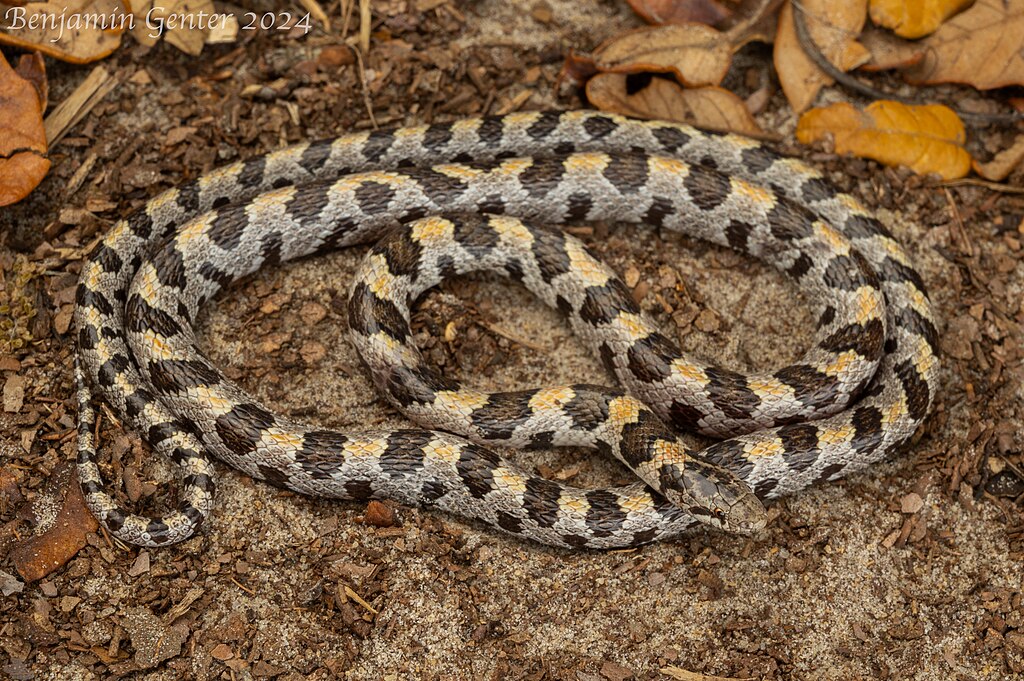
When snakes perceive threatening human body language, they employ a progressive series of defensive displays intended to deter potential attacks. Initial responses typically involve freezing—an evolutionary adaptation that leverages camouflage and reduces detection through movement. If the perceived threat continues to approach, many species advance to more active defensive displays including body inflation, flattening of the neck (in cobras and related species), tail rattling (not just in rattlesnakes), hissing, or false strikes with closed mouths. These escalating displays represent the snake’s attempt to communicate danger while avoiding the energetic costs and risks associated with actual biting. Studies of defensive behavior show that snakes typically resort to actual strikes only after multiple warning displays have been ignored or if they are physically contacted. Understanding this progressive response system can help humans recognize early warning signs that they are being perceived as threatening, allowing for appropriate adjustments to behavior before the encounter escalates to more dangerous levels.
Habituation to Regular Human Presence

Snakes demonstrate remarkable adaptability in their responses to consistent, non-threatening human activity. Individuals living in areas of regular human presence—such as park trails, research facilities, or captive environments—often show measurable habituation in their responses over time. This neurological adaptation occurs when the snake’s brain essentially “learns” that certain human movements, scents, or vibrations don’t correlate with danger, leading to diminished defensive responses. Researchers studying urban snake populations have documented significantly different threat response thresholds compared to their rural counterparts, with city-dwelling snakes often allowing closer human approach before initiating defensive behaviors. This habituation process isn’t uniform across species; studies indicate that some snake species adapt more readily to human presence than others, likely reflecting differences in their evolutionary history and neurobiology. However, it’s important to note that habituation doesn’t imply domestication—even habituated wild snakes retain their instinctual responses and can revert to defensive behaviors if interactions change in character or intensity.
Species-Specific Response Variations
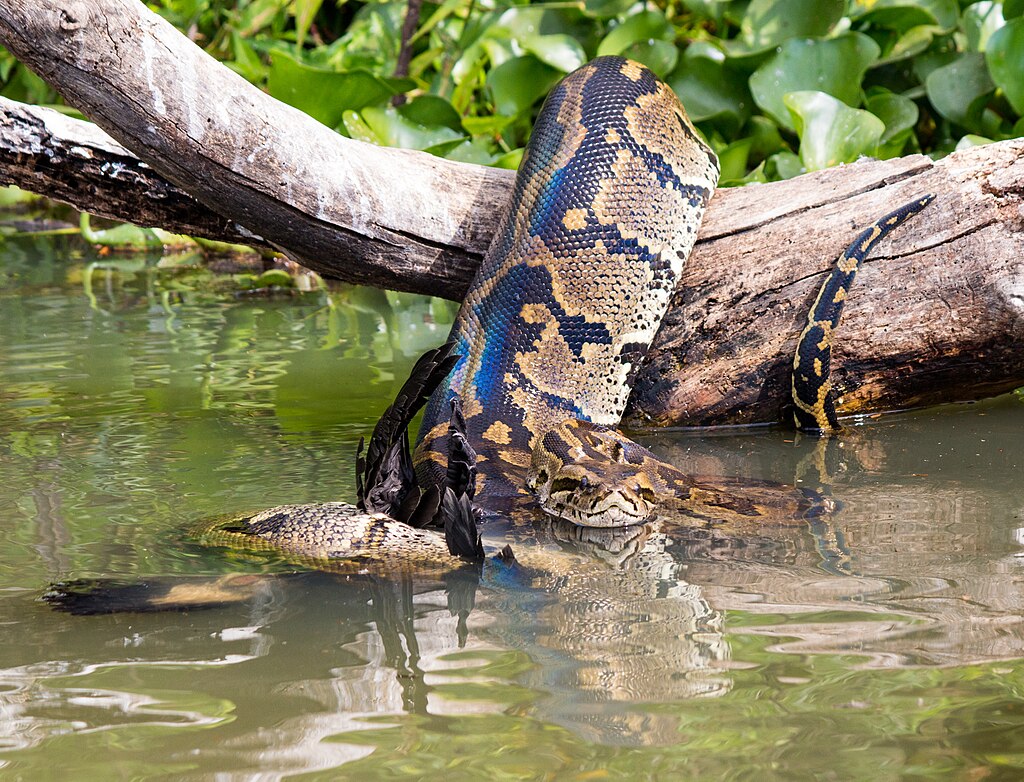
The approximately 3,900 snake species worldwide exhibit tremendous diversity in their responses to human body language. Bold species like black mambas may actively confront perceived threats with dramatic defensive displays, while secretive species like ring-necked snakes typically freeze or attempt to flee from human detection. Arboreal species often exhibit different defensive strategies from terrestrial ones, sometimes relying more on camouflage than active deterrence. Even within species, substantial individual variation exists—factors like age, reproductive status, recent feeding, and previous experiences with humans all influence how a particular snake might respond to human presence. Research comparing conspecific snakes from different habitats reveals that local environmental pressures can shape population-level differences in human response behaviors. These species and individual variations remind us that generic approaches to snake encounters may be insufficient, and that developing awareness of local species’ typical behaviors provides the best foundation for safe interactions.
Applying Knowledge in Wildlife Encounters

Understanding how snakes interpret human body language offers practical benefits during wilderness encounters. When unexpectedly facing a snake, experts recommend freezing momentarily to assess the situation, then slowly backing away while maintaining a low profile. Avoid direct staring, rapid movements, or looming postures that might be interpreted as predatory intent. Creating vibrations by calmly talking or gently tapping a walking stick can alert nearby snakes to human presence, allowing them to retreat without surprise confrontations. During planned snake observation, approaching from a lower angle, moving slowly and deliberately, and maintaining some distance will typically result in more natural behaviors and less defensive responses. Photographers seeking natural behavior shots may find success by initially settling into position and remaining still, allowing nearby snakes to acclimate to their presence. These applications of snake sensory knowledge not only increase human safety but also reduce unnecessary stress on the animals, contributing to more ethical wildlife interactions.
Implications for Conservation and Education
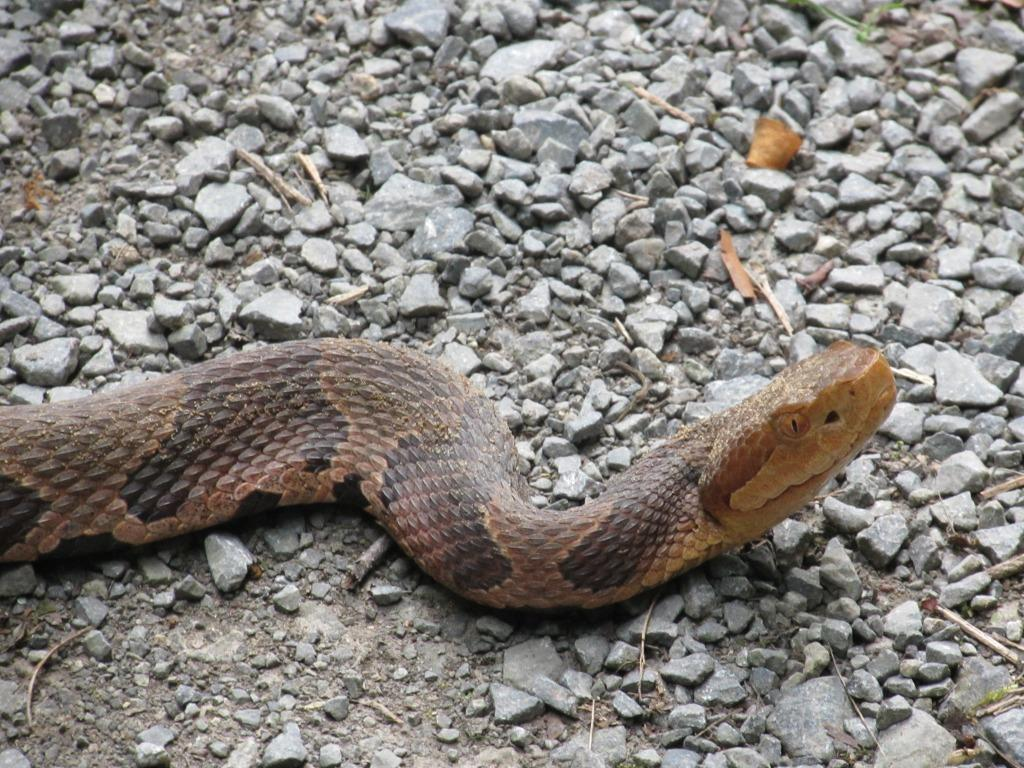
As human development increasingly encroaches on snake habitats worldwide, understanding snake responses to human body language becomes crucial for conservation efforts. Educational programs that teach local communities about snake perception and behavior have successfully reduced harmful human-snake encounters in biodiversity hotspots across Africa, Asia, and the Americas. By demonstrating how snakes interpret human movements and teaching appropriate response protocols, these programs help displace fear-based reactions with knowledge-based approaches. Conservation projects focusing on vulnerable snake species must incorporate protocols that minimize behavioral disruption during monitoring activities, often employing knowledge of snake sensory perception to develop less intrusive observation techniques. Research facilities working with captive snakes increasingly implement handling protocols based on snake sensory perception research, reducing stress and promoting more natural behaviors. This growing body of knowledge about snake responses to humans serves both conservation goals and human safety objectives, creating an important bridge between herpetological science and practical applications.
The Future of Human-Snake Interaction Research
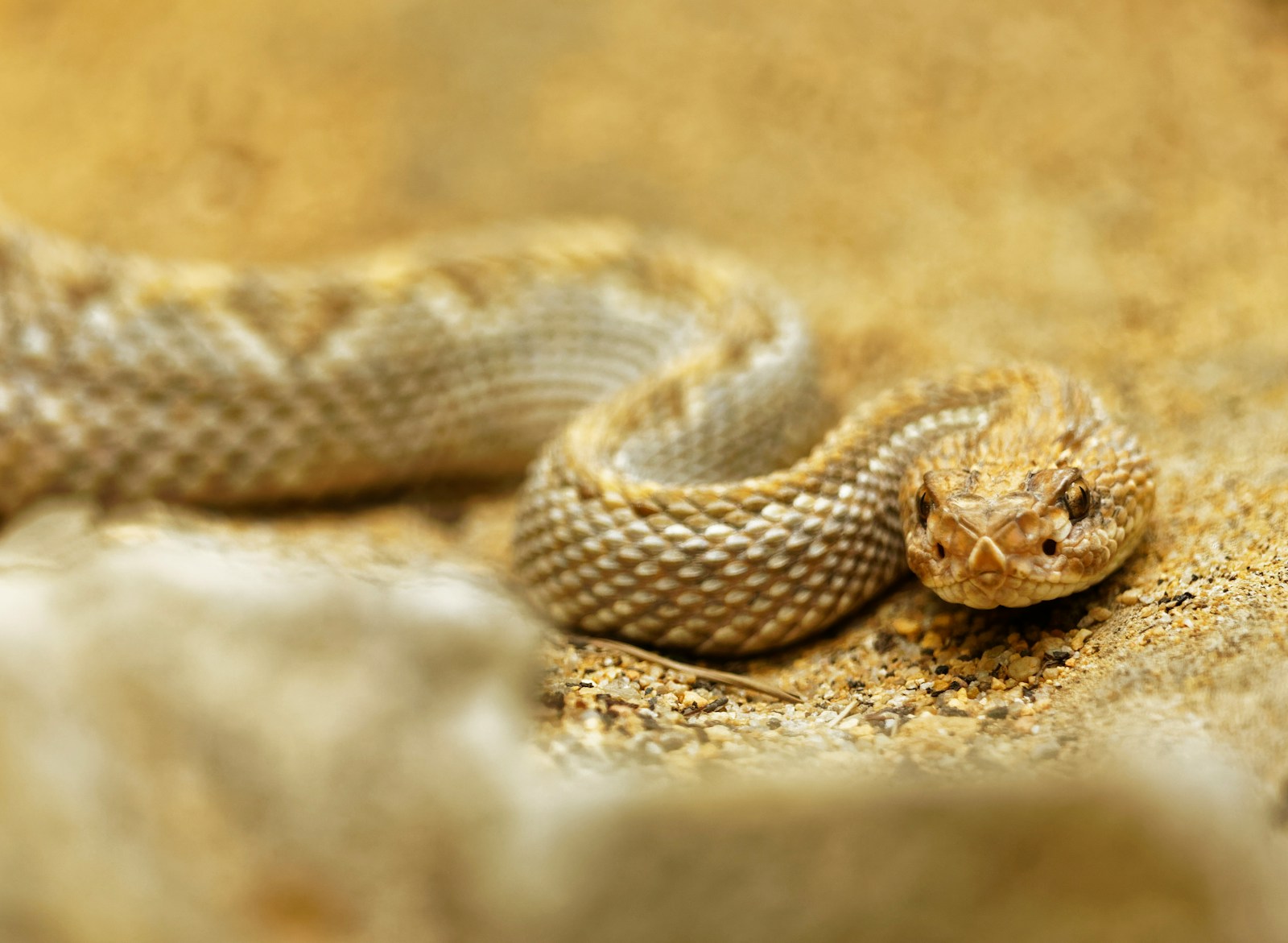
Emerging technologies are revolutionizing our understanding of snake responses to human body language. Miniaturized biological sensors now allow researchers to monitor snake heart rates, stress hormones, and brain activity during controlled human interactions, providing unprecedented insights into their perception and processing of human signals. Advanced thermal imaging cameras with artificial intelligence are mapping precise patterns in how pit vipers and boas track human thermal signatures, revealing previously unknown complexities in their hunting and defensive behaviors. Sophisticated vibration analysis equipment is quantifying exactly how different snake species detect and interpret human footfall patterns across various substrates. These technological advances, combined with ethological field studies, promise to create much more nuanced understanding of the snake’s perspective during human encounters. Such research not only expands our scientific understanding but may ultimately lead to improved antivenoms (through better understanding of envenomation contexts), more effective snake repellent technologies, and enhanced protocols for managing snake populations in human-dominated landscapes.
The complex ways in which snakes respond to human body language reveal sophisticated perceptual systems that have evolved over millions of years. From vibration detection to thermal sensing, chemical analysis to visual processing, snakes employ multiple information channels to evaluate human presence and intent. Understanding these perceptual mechanisms provides valuable insights for wildlife enthusiasts, researchers, and anyone who might encounter snakes in natural settings. By adapting our movements, posture, and approach based on snake sensory capabilities, we can foster safer interactions that respect these remarkable animals while protecting human wellbeing. As research continues to unveil the intricate world of snake perception, we gain not just scientific knowledge but a deeper appreciation for the evolutionary marvels that allow these limbless reptiles to successfully navigate a world increasingly dominated by humans.

